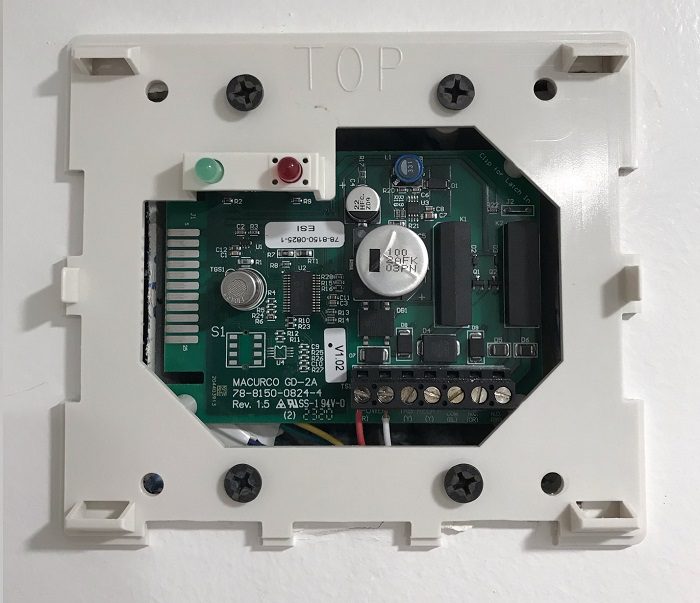Moment Magnitude (M)
Moment Magnitude (M): In the seismology branch of geology, moment magnitude is the magnitude of an earthquake that scientists estimate by using the Seismic Moment.
Moment Magnitude (M): In the seismology branch of geology, moment magnitude is the magnitude of an earthquake that scientists estimate by using the Seismic Moment.

Lumber Moisture Content Grade Lumber moisture grading is a manufacturer-provided value of moisture content, for consumers and contractors to use. There are five (5) lumber moisture content designations (S-GRN, S-DRY, KD, MC 15, and HT). Lumber Moisture Grading Lumber grade “S-GRN” stands for “surface green,” which means it is not dry, and has a moisture…

Seismic Moment Seismic Moment: In the seismology branch of geology, seismic moment represents a measure of the size of an earthquake, depending on the area of rupture, the rigidity of the rock, and the amount of slip from faulting.

Engineering Geology or Geological Engineering Engineering Geology: Engineering geology is also referred to as “geological engineering,” and is a branch of geology that relates to the study of earth materials and processes, that are juxtaposed to proposed structures such as buildings, retaining walls, dams, roads, pipelines, and more. Whereby geologists assess any potential levels of…

Contact Metamorphism Contact Metamorphism – Metamorphism is associated with the intrusion of an igneous mass. Metamorphic changes are caused principally by heat, but also by magma composition and deformation related to the intrusion. Pressures are relatively low (<3000 bars) while temperatures range from 200°C to 1000°C.

Methane Alarm System Methane Alarm System: As per the Los Angeles Department of Building and Safety (LADBS) Methane Code, Ordinance Number 175790, a methane alarm system is part of an active methane mitigation plan. A methane alarm system is a group of interacting components and circuits that synchronize to monitor and annunciate the status of…

Atmosphere Atmosphere: The atmosphere of a terrestrial planet is an outermost series of layers that comprises gaseous phase elements within part of the planet’s gravitational field. For instance, the Earth’s atmosphere exists in the air spaces that are approximately 95 kilometers above the ground surface. And within it, are the troposphere, stratosphere, mesosphere, and thermosphere….